The health hazards resulting from moisture accumulating in your attic should be a cause for concern. An easy way to avoid this is by using a dehumidifier, but do you necessarily need one? We asked experts to get a reliable answer, and here's what they think.
You can put a dehumidifier in your attic, as it will help draw out moisture, thereby reducing your attic’s vulnerability to moisture-related problems. You only need to drain the tank frequently as it won't work efficiently if full.
There are many detrimental effects of moisture being stuck in your attic. Keep reading to learn about how humidifiers work and ways to keep your attic dry.

What is a Dehumidifier?
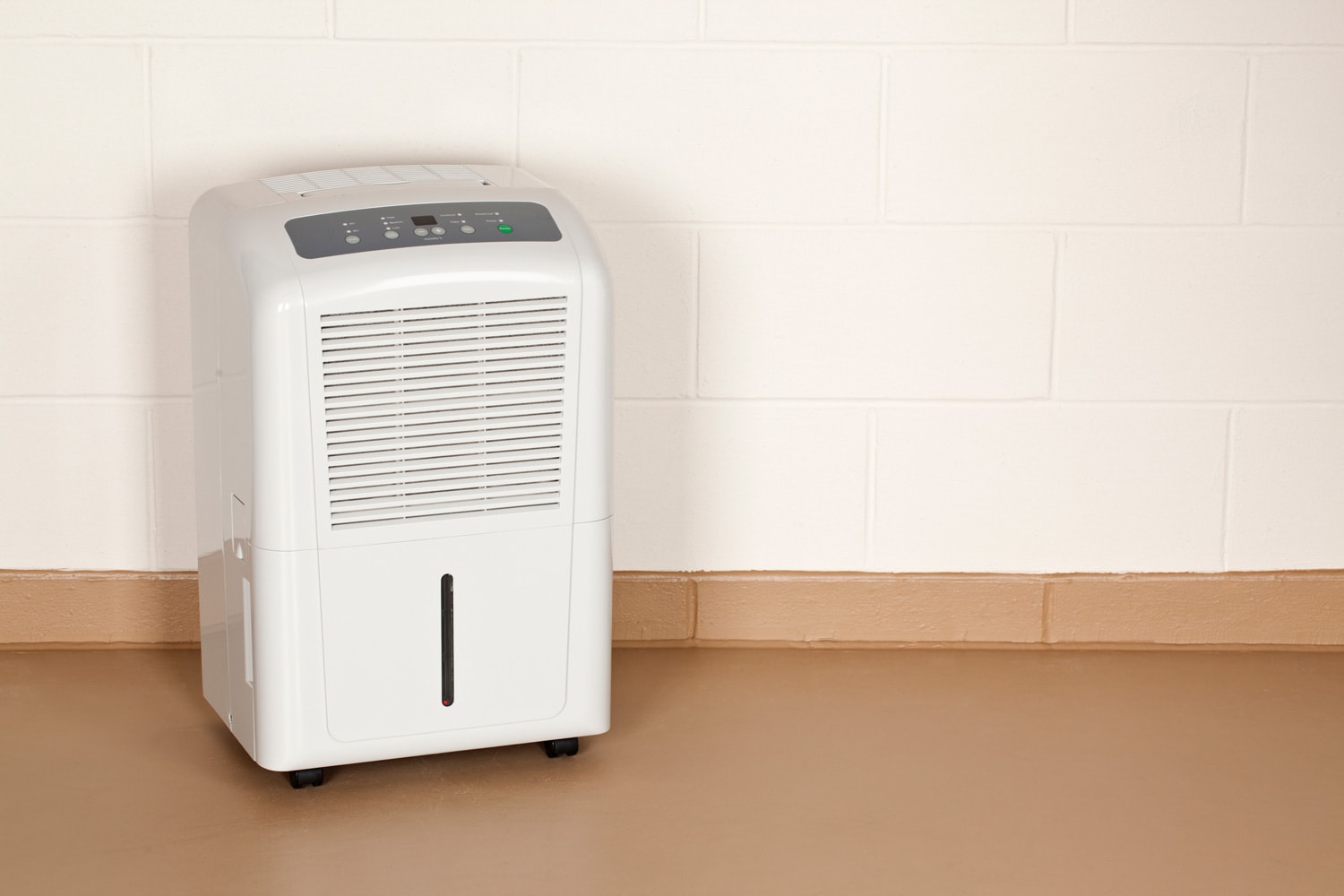
A dehumidifier is a machine that removes moisture from the air. It is used to maintain the level of humidity in a room or building.
It also helps prevent musty smells and mold by maintaining the relative humidity at a lower level. Dehumidifiers are often used in attics, crawl spaces, closets, and basements where moisture can easily percolate.
Moisture in The Attic [Signs to Look For ]
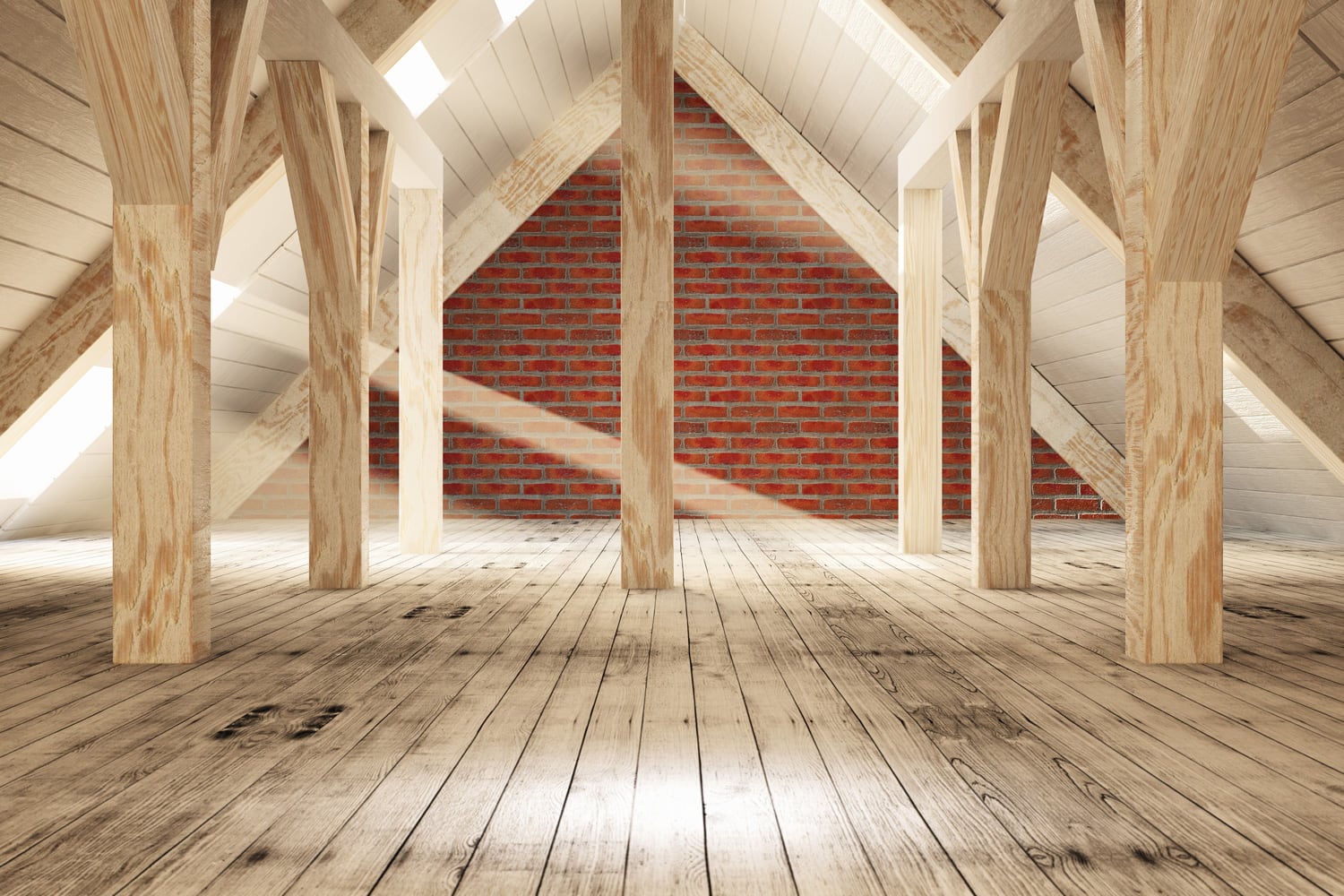
The frequency at which people visit their attics varies. You might enjoy reading there or use it as a bedroom. It might serve as a storage area or just empty space. Whichever way you use yours, always inspect it regularly to make sure it stays dry. Here are signs of moisture cleanup professionals look out for during an inspection.
- Foggy window: This is arguably the most obvious sign to check. As soon as you spot fog on any of your attic windows, that indicates moisture build-up.
- Visible mold: You should be concerned about moisture when you see mold on any part of your attic (majorly on the walls).
- Wood Rot: Wood naturally is a highly absorbent material meaning it is prone to rot. So, wood rot is a good indicator of moisture in your attic.
- Masonry Issues: You should treat moisture when you notice any masonry component like blocks or bricks peeling or looking swell.
- Frost: During cold weather, water vapor can freeze underneath the roof due to poor ventilation, which leads to frost accumulation.
- Smell: Did you perceive a musty smell the last time you visited your attic? If yes, then there is likely moisture build-up.
Causes of Moisture in The Attic
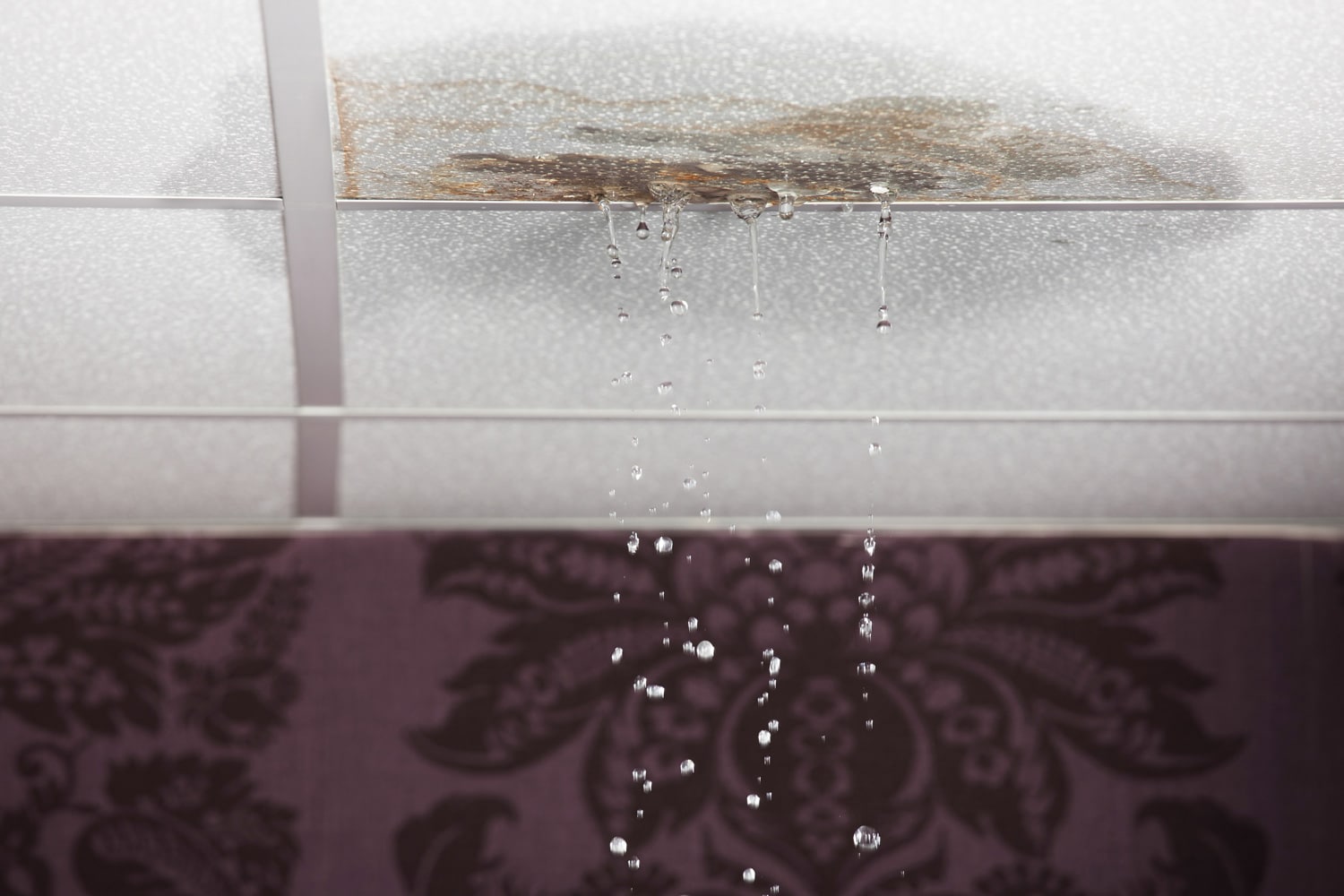
There are numerous causes of moisture buildup, but the exact source can be difficult to guess (even by experts), as it could result from more than one issue.
Some of the causes are as follows:
Leaky pipes
Leaky pipes (due to breakage or inadequacies) are serious problems to a house’s plumbing system. When any leaky pipe connects directly to the attic, it will result in moisture buildup.
Foundation
When the foundation of a building is not properly damp proof, water from beneath the foundation rises (through capillary action) and then diffuses into the main building. As it gets through the basement, It then diffuses into the attic if it gets a way through.
Roof Leaks
Even if a leak comes from a small opening in your roof, it can later accumulate moisture as the attic will be a direct recipient.
Air Conditioner
This often happens when the air conditioner is larger than the space it serves. Moisture condenses to the duct that brings chilled air when the indoor temperature drops very low, and the humidity stays high.
Indoor Appliances
Moisture can also come from indoor appliances like steam from the iron, cloth dryer, and the like, or from spaces like the bathroom and kitchen. Moisture problems can develop in the attic when the ventilation pipes get disconnected as the moist air is transferred to the attic.
Outdoor Ventilation
The attic should be adequately ventilated so that the moist air is not trapped inside, especially during humid weather. The ventilation channels should also be checked in case of any blockage like bird nests.
Would a Dehumidifier Help Reduce Moist in My Attic?
Yes, a dehumidifier can help reduce moist buildup in your attic. It retains moisture and stores it in a tank, and you only need to drain it out frequently. To avoid regular drainage, you can get one with a bigger tank that will take longer to fill.
How To Prevent Moisture in Your Attic
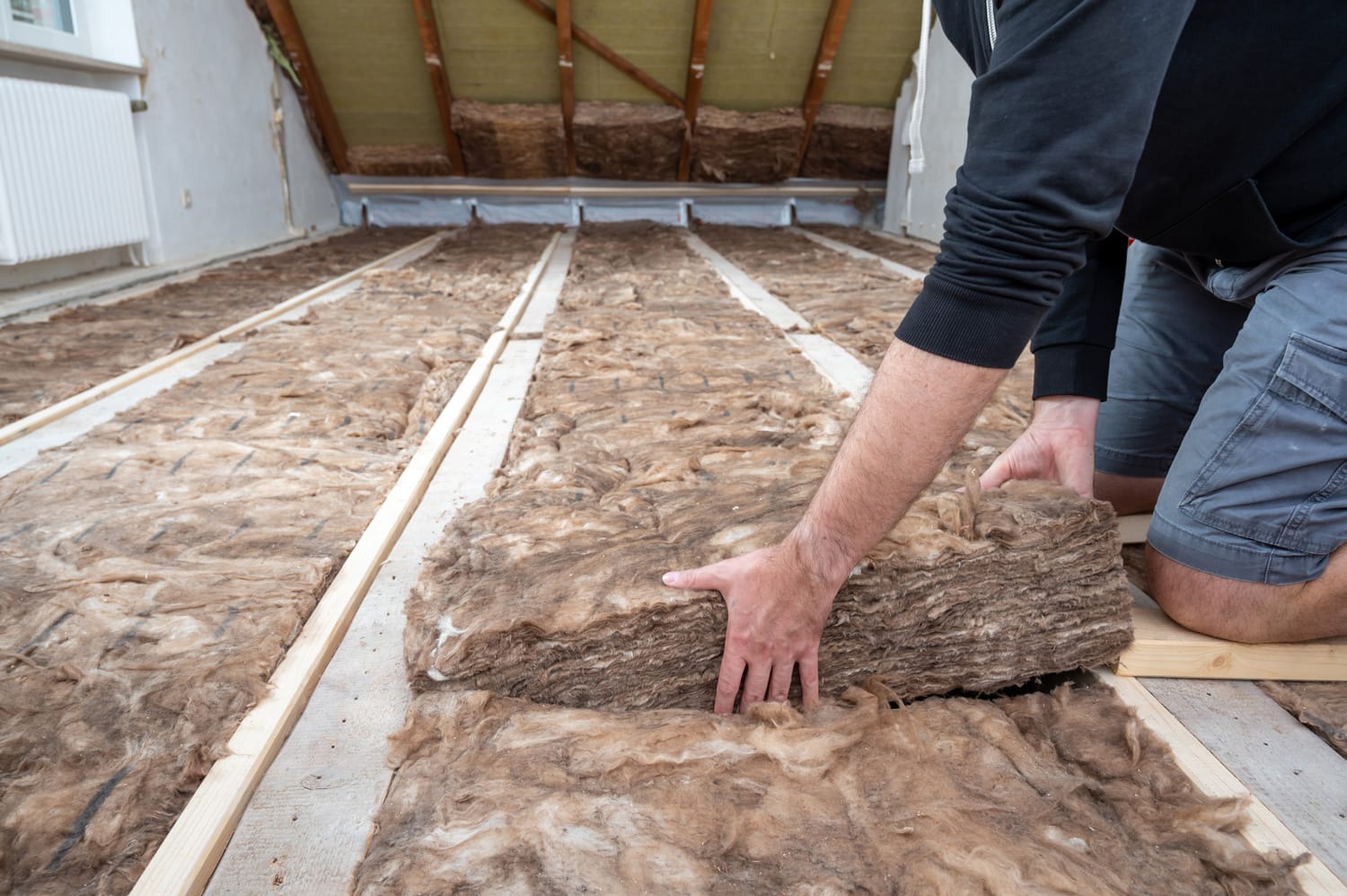
Here are ways you can prevent moisture from accumulating in your attic:
- Proper ventilation: The attic should be adequately ventilated. Blockages to vent channels should be removed as well.
- Fix plumbing issues: Broken pipes and plumbing inadequacies should be given top priority during repairs. There are health problems associated with plumbing leaks and malfunctions. This should be taken seriously if you have occupants with respiratory issues.
- Fix roof leaks: Roof leaks should be fixed and duly replaced where necessary as it damages the roofing materials and creates channels for water to enter your attic.
- Remove affected masonry: Blocks or bricks that have been affected by moisture should be removed and replaced.
- Proper insulation: Insulation prevents warm air from entering your attic. This prevents condensation that leads to moisture, especially when you live in a cold area.
When Should You Not Use a Dehumidifier?
Aside from the advantage of saving more on energy costs, a dehumidifier should not be used 24/7 in the main building and the attic. Dry air has adverse effects like respiratory problems, sore throat, dry, itchy eyes, etc.
The best practice is to switch off your dehumidifier when the relative humidity (RH) is within the 30% - 50% range. It was even reported that 45% humidity is ideal for comfort.
Make sure to use your dehumidifier only when the RH is above 50%. Too low humidity leads to health issues, while too high humidity breeds algae.
How Do You Dry Out a Loft?
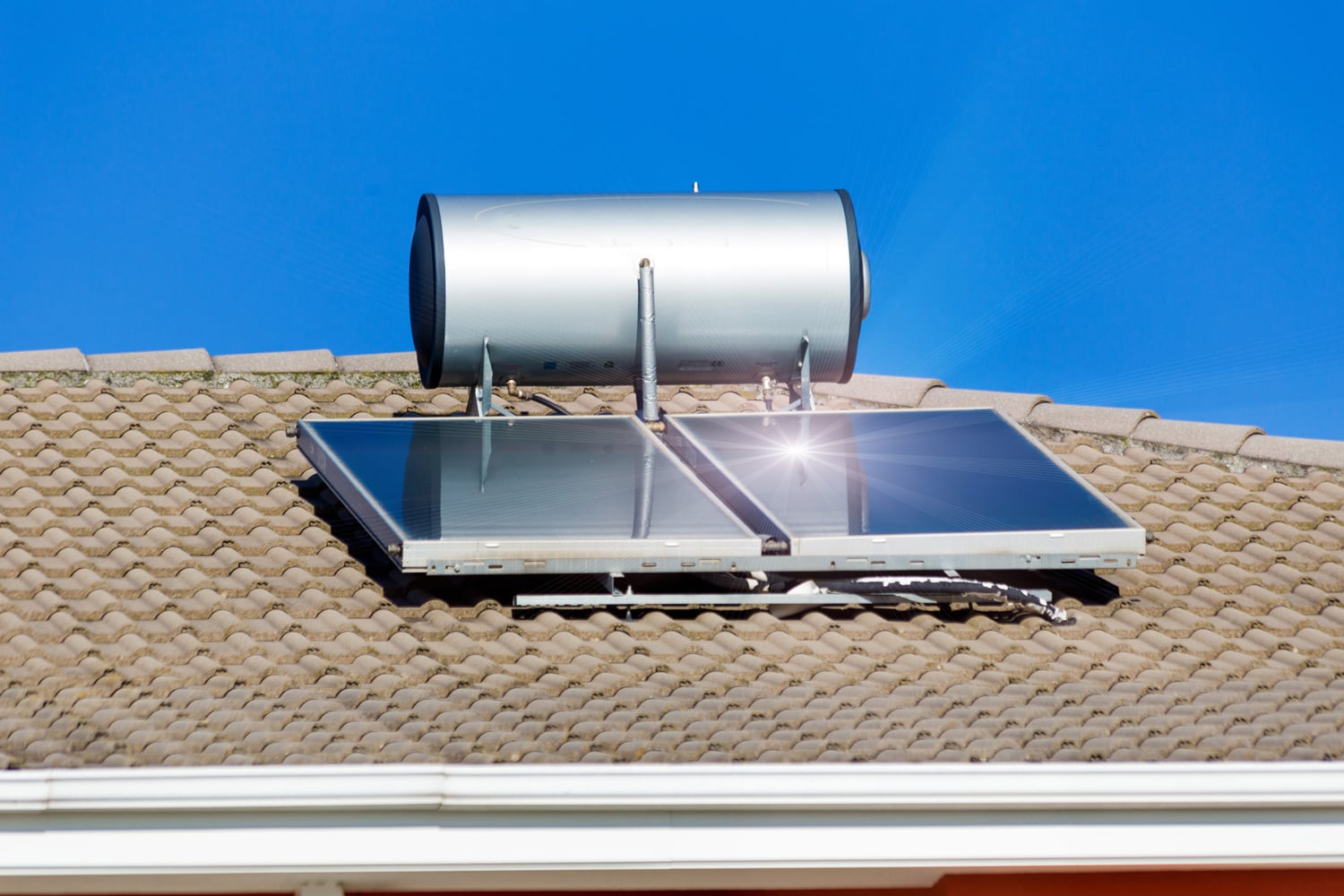
Insulation
Insulating your attic room is one of the best ways to keep your room dry. It prevents unwanted diffusion of air that can result in moisture.
Dehumidifier
Using a dehumidifier is likely the easiest way to keep your loft dry. You only need to place it in a suitable area and remove any airflow interference. If you choose the right dehumidifier size and operate it under ideal conditions, it will work effectively.
Solar Air Heaters
Solar air heaters are a heating technology that has the potential to reduce the amount of moisture in the air significantly. They are a renewable energy heating technology used for residential and commercial purposes.
Solar air heaters work by transferring solar energy into thermal energy and then releasing it into the room through a fan. They are usually installed on the roof or balcony of a building, but they can also be mounted on walls or windows. Solar air heaters have many benefits, such as reducing humidity, saving electricity costs, and having no harmful emissions.
Other measures include proper room hygiene and routine cleaning of visible mold, faulty insulation, or masonry materials.
What Size of Dehumidifier Do I Need For Attic?
The size of your dehumidifier depends on the size of your attic, ventilation, and insulation. Other factors can include drain outlet facilities, existing HVAC, humidity level, and source of humidity. These are all necessary for deciding the size of your dehumidifier.
You also need to consider saving cost and energy in making your choice. Dehumidifiers are sized based on their water removal capacity (in pints), ranging from 13 pints, 30 pints, 50 pints, 70 pints, to 150 pints.
The pint capacity is measured in PPD (pints per day), which refers to the amount of water the dehumidifiers can extract from the attic per day (24 hours).
One of the critical components in deciding your dehumidifier size is the position you will place it. Generally, you need to consider your room size, dehumidifying range, and airflow interference before choosing the best location.
Experts believe that centralizing your dehumidifier is ideal to ensure even dehumidification of the attic. If you can’t place it at the center, you should let it be close to the humidity source and at least six inches away from items that can block its airflow.
Do Attics Need Ventilation?
The importance of ventilation in attics cannot be overstated. It prevents roof damage and saves money by lowering energy costs. Ventilation is a vital component of the roofing system. There should be 1 square foot of ventilation for every 300 - 350 square feet of space in your attic.
It prevents roof damage and improves air quality. Ventilation is important because it prevents the buildup of moisture inside the attic, leading to mold growth and rotting wood.
To Wrap Up
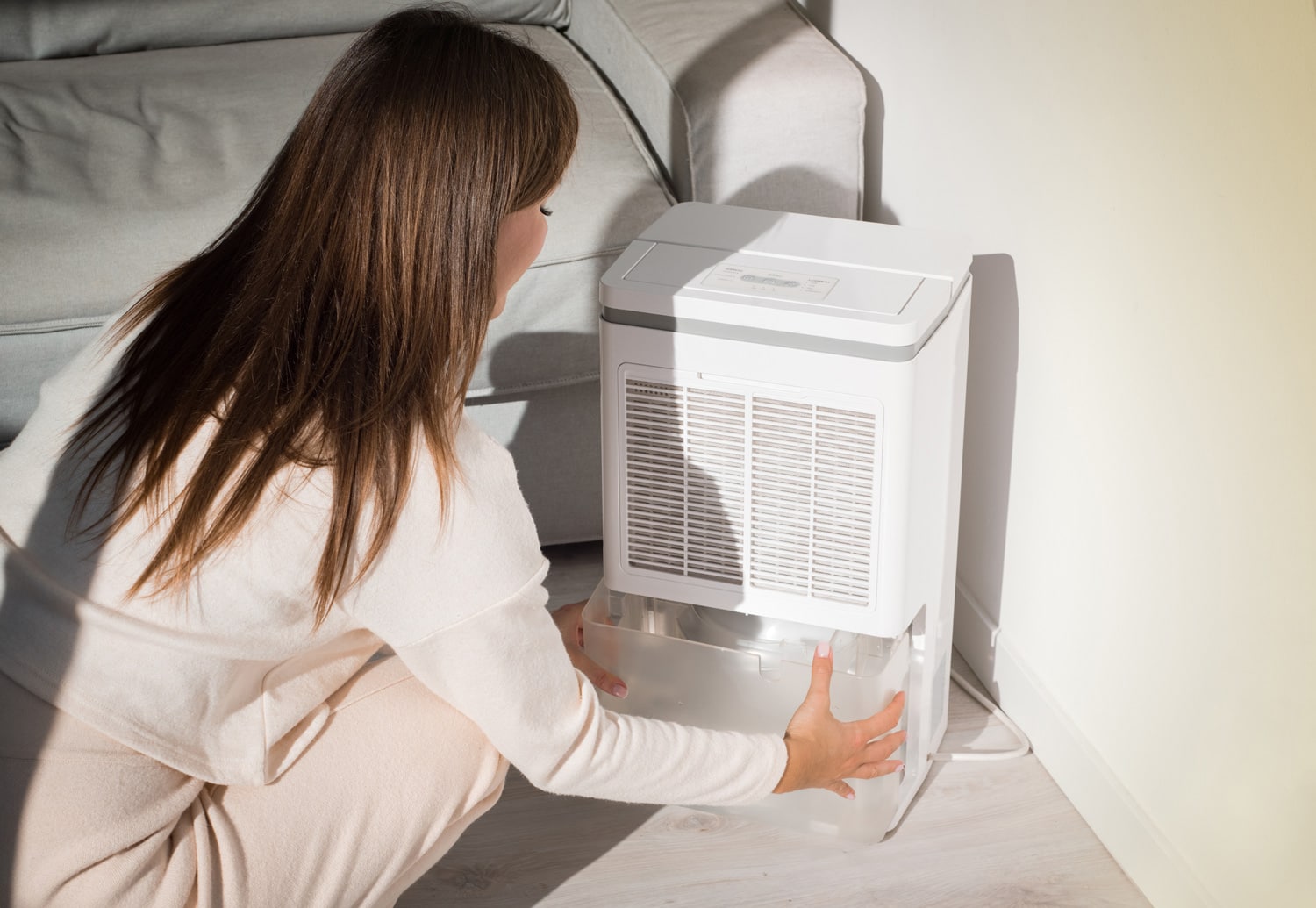
You can use a dehumidifier in your attic. It works fine as long as you empty the tank when it gets full. Apart from using a dehumidifier, other solutions to your attics' moisture issue are equally efficient and cost-effective. To read similar articles about attics, check out these related posts.
